This national park was declared as such in 1975, and UNESCO declared it a Biosphere Reserve in 1977 and a World Heritage Site in 1985. Its area is about 3,400 square kilometers, and its peaks include the highest mountain in Peru - Mount Vascaran, after which the park is named. There are about 780 species of plants, about 110 species of birds and many mammals, including jaguars, pumas, Brazilian tapirs and llamas. You can go trekking, mountain climbing and even skiing there, and if you chose to come, you should do it from the nearby town of Varas.
This city is the third largest in Peru, after Lima and Arequipa, but it is one of the most important cities in the country historically and culturally. Here the first calls for the country's independence were heard, and for a while it was even the capital of Peru. Here you can see magnificent and colorful mansions, and not far from it are also the ruins of Chan Chan, which was one of the largest empires in ancient Peru before the Incas.
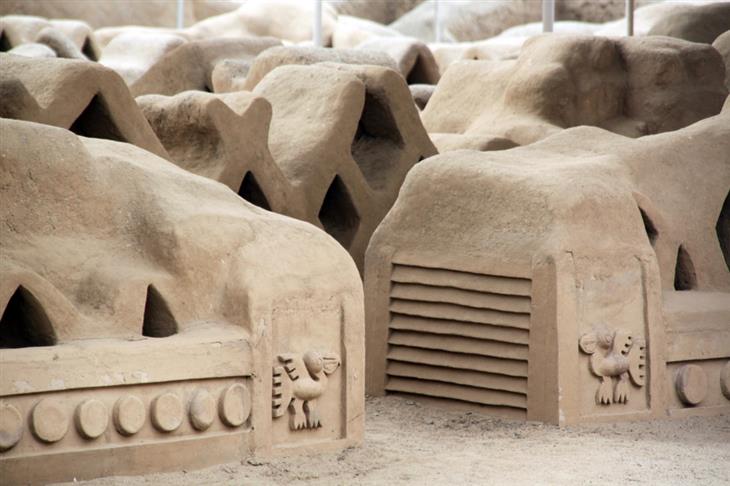
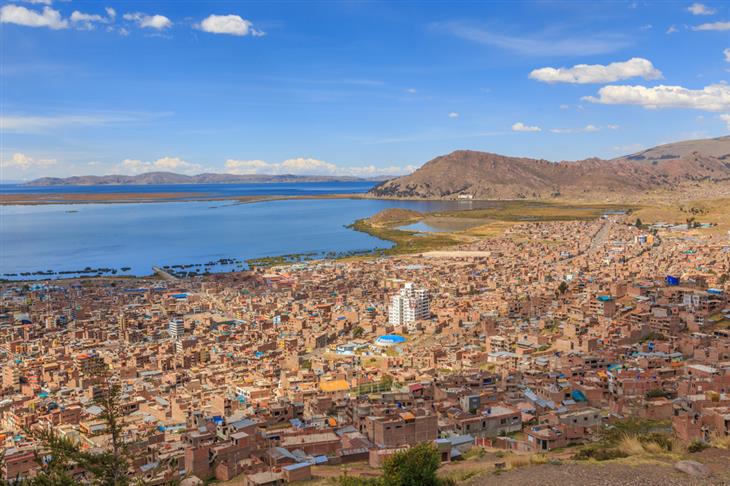
Puno is a picturesque port city that connects the entire country to Lake Titicaca and its floating islands. The city is at an altitude of 3,800 meters above sea level, and it has an amazing view towards the group of islands and the lake. It's easy to get to from Bolivia and Chile, so it has a lot of tourists, but nevertheless the atmosphere is calm and peaceful, and if you're here, it's highly recommended that you get on a ferry and get to the floating islands of the Bani Oro. There is also a llama farm where you can spend the night with the whole family if you are interested in a unique experience.
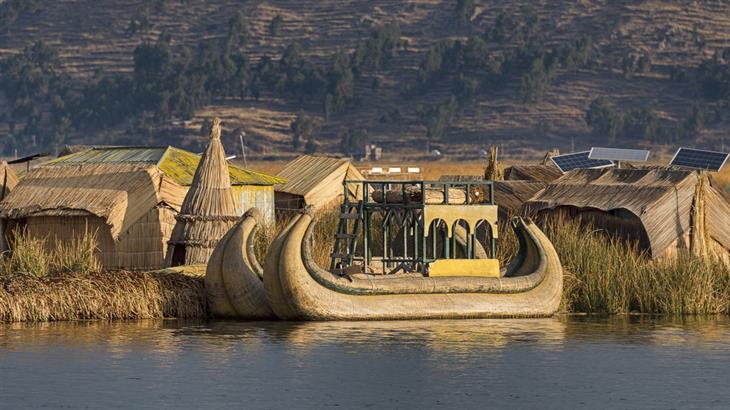
Lima is the capital city of Peru and also the largest city in the country, with almost 10 million inhabitants. It was established in 1535 by the Spanish explorer Francisco Pizarro, and it has not only a rich history to discover, but also local food that is recommended to try. If you are looking for good hotels in Peru, there you will find them, as well as night clubs and bars to enjoy after sunset. For history buffs, there are churches and monasteries waiting for you to finish in, and due to the city's proximity to the ocean, you can also enjoy a dip in the beach there.
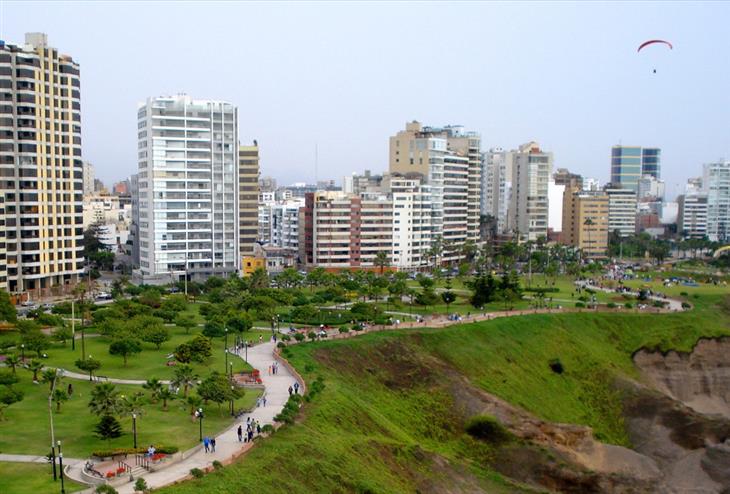
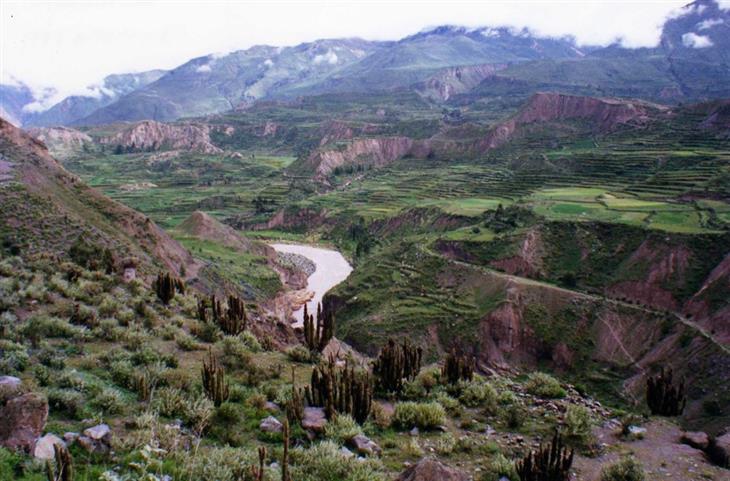
This is the second deepest canyon in the world, and there are sights here that you can only see in Peru, when it includes nature and history. It is dotted with many archaeological sites, and it is recommended to start your visit in Chivay - a small town located right at the entrance to the mall. You can see huge and impressive condors there and also go on a two-day trek where you will pass through several local villages and hot springs.

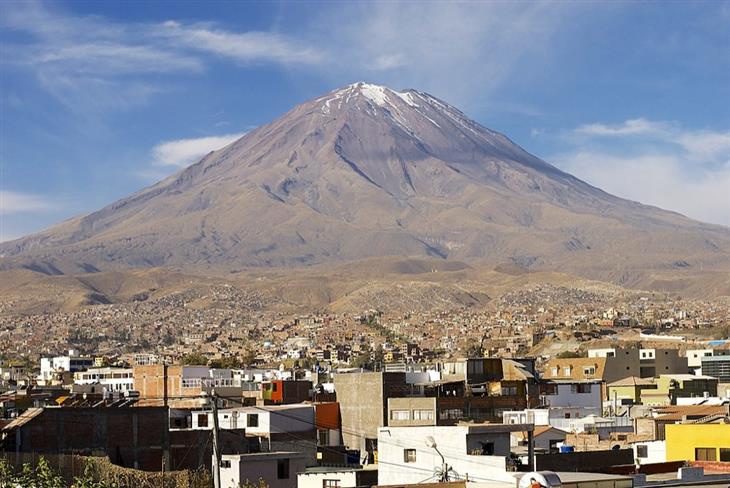
This city lies at the foot of the El Misti volcano at an altitude of 2,380 meters above sea level, and is called the "White City" because of the buildings in it, which were built in the colonial period and are made of white volcanic rock. Unlike the other Peruvian cities, here you will not find evidence of the Inca culture, at least not in the form of a settlement, but there is a beautifully preserved mummy of a girl from the Inca culture who was sacrificed to the gods in 1400, which you can find in the Sacred Museum of the Andes. There are many examples of Spanish construction here, among others in the Monastery of Santa Catalina, Guinca Palace and Casa del Moral, as well as in the main square of the city - Plaza de Armas.
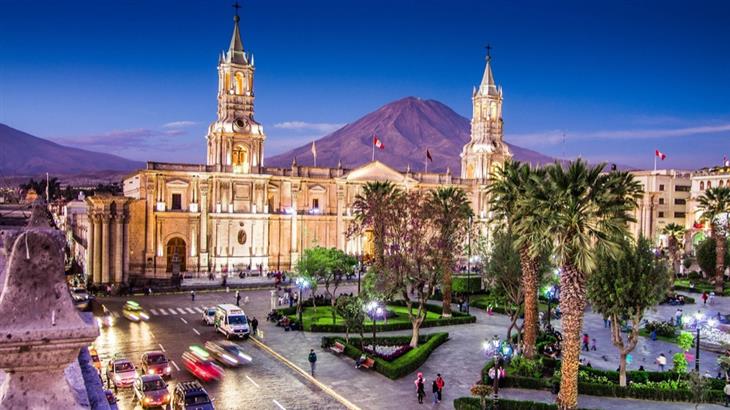
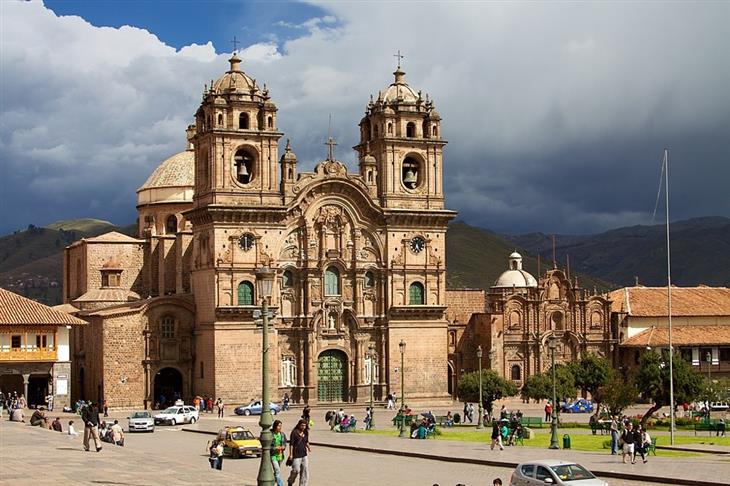
Cusco is one of the main cities of Peru, and it was the capital of the Incas and is actually considered the oldest city in all of South America, when from here you can set off towards Machu Picchu. The city itself was founded by the Spaniards on top of the ruins of Inca temples and palaces, and in the heart of the city, in the Plaza de Armas square, you will find a variety of great restaurants and cafes that will be a pleasure to sit in. You should also visit the San Pedro market, where you will find handmade souvenirs including textiles, ceramics and dolls. Near the city is also another Inca site - Sacsayhuamán, which was a fortress in the past whose walls were built of huge stones in a construction style that even an earthquake cannot topple.
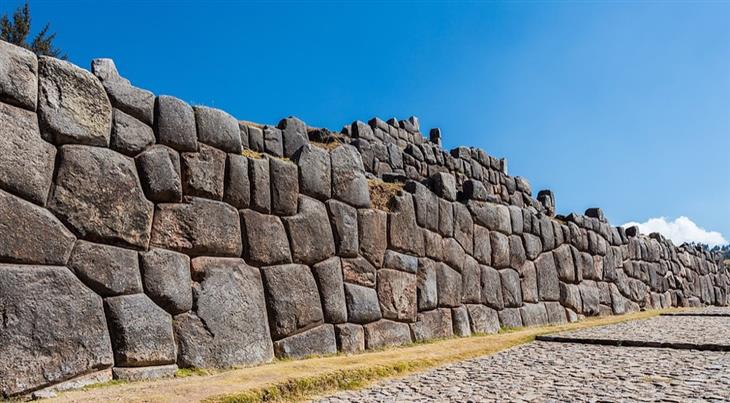

At an altitude of 2,430 meters above sea level, on the Andes and above the clouds, is the highlight of Peru - Machu Picchu. This is an ancient city of the mysterious Inca culture, which, although it was known and familiar to the locals, only about a century ago archaeologists became interested in it and it was revealed to the whole world. To get there you have to go through the Inca Trail, and if you plan to walk it, it is important that you know that it is closed in the months of February. You can also take a bus that reaches the ruins within a 25-minute drive, but if you can do it on foot, you'll really enjoy the scenery along the way.
